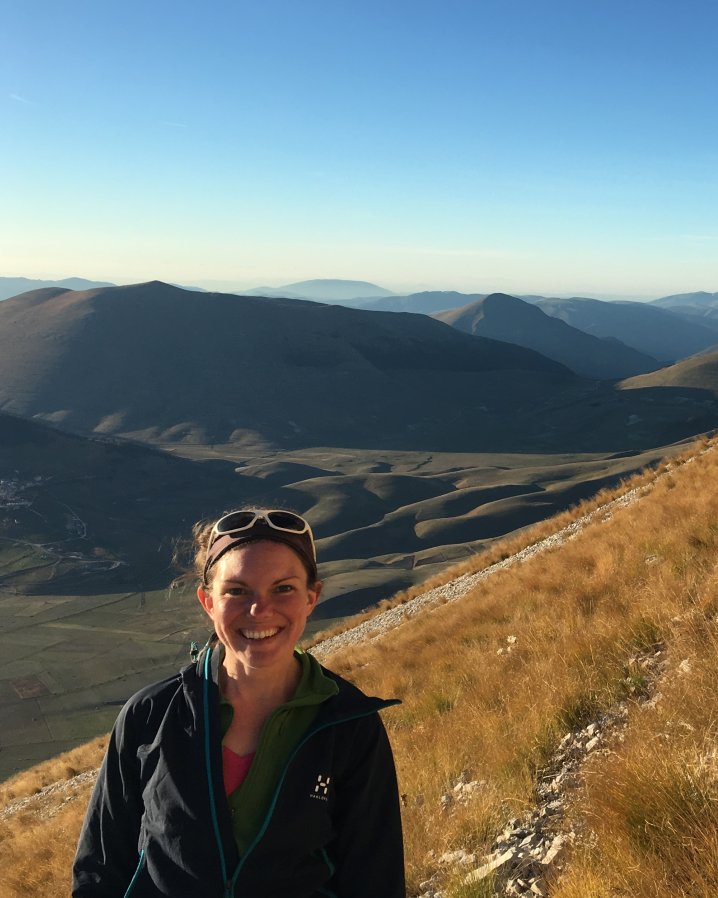
Dr Laura Gregory will deliver the ESE Departmental Seminar on 22 October.
Join us on Teams Live by clicking “Livestream” on imperial.ac.uk/events/96022/seminar-by-laura-gregory at 12pm.
In an ideal world, earthquakes would occur at regular intervals such that information on the rate and typical size of events could be used to make accurate forecasts of the future likelihood of earthquakes. These earthquakes would follow the ‘characteristic’ earthquake model, and would essentially be predictable (or at least forecastable) if we knew the time since the last earthquake and the rate of stress build-up on the fault.
I will show why it is important to investigate earthquakes and fault activity in a region on timescales longer than humans have recorded them, focusing on the central Apennines, Italy. I will then demonstrate how research using cosmogenic isotopes tracking fault activity during the past tens of thousands of years may be used to understand the mechanics of faulting over multiple earthquake cycles. Central Italy experiences mid-magnitude earthquakes as a result of relatively slow extension, on a network that has been actively extending for about 2–3 Myr. This activity has produced numerous limestone bedrock fault scarps, preserved since the demise of the Last Glacial Maximum (about 15,000 years ago). I use cosmogenically-produced chlorine-36 isotopes to track the exposure of these fault planes due to earthquakes. 36Cl is produced in-situ at the Earth’s surface and down to a few meters depth, thus the concentration of 36Cl measured up the fault scarp can be used to infer past slip histories. These slip histories reveal that faults experience highly variable seismicity, with periods of greater earthquake intensity lasting probably thousands of years, separated by times of quiescence. I will show how accurate and precise geochemical methods are the key to understand past earthquake activity. All of this work will be placed in the context of the most recent sequence to affect the region: the 2016 central Italian earthquake sequence, which devastated the local population. This earthquake ruptured across two structures that were thought to be independent faults, and I’ll discuss what this means for whether they are hard linked at depth.
About Dr Laura Gregory
Dr Laura Gregory is a NERC Independent Research Fellow at the University of Leeds. She uses a range of geochemical and field-based tools to investigate the rates and styles of continental deformation. Her research is driven by making observations of deformation on a range of scales in time and space- from characterising fault slip over multiple earthquake cycles using cosmogenic isotope analyses on exposed fault scarps to investigating the evolution of deformation and mountain building over millions of years.


